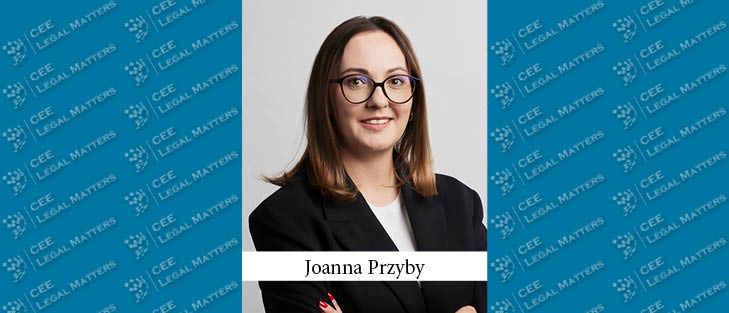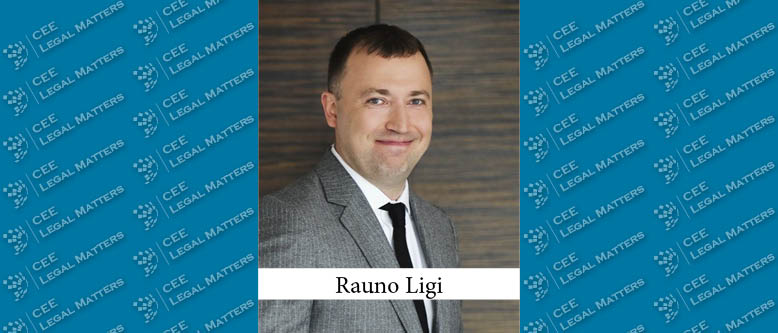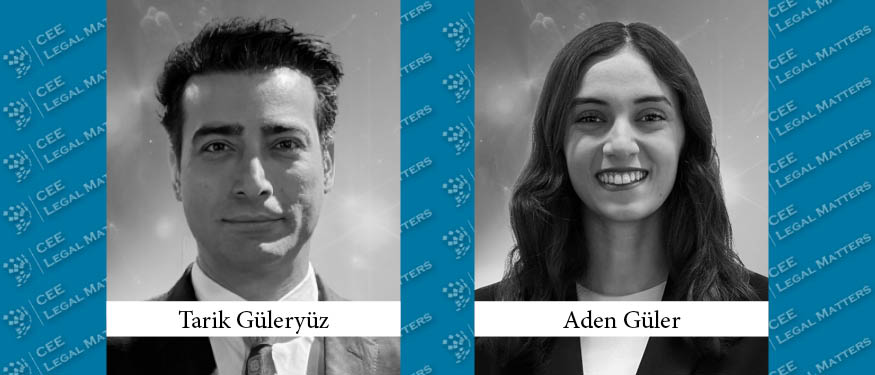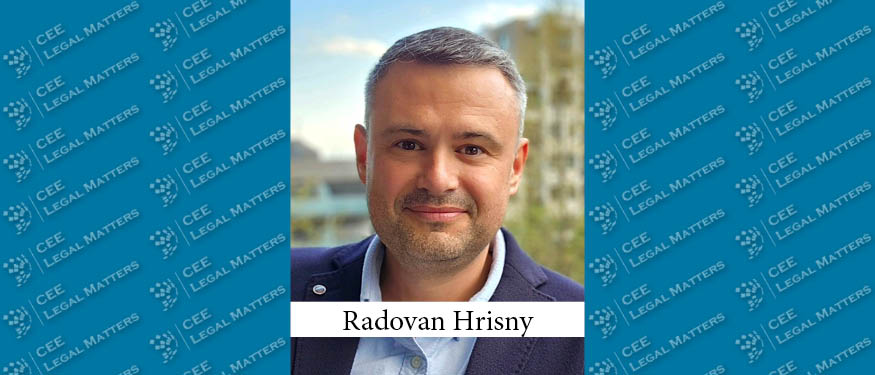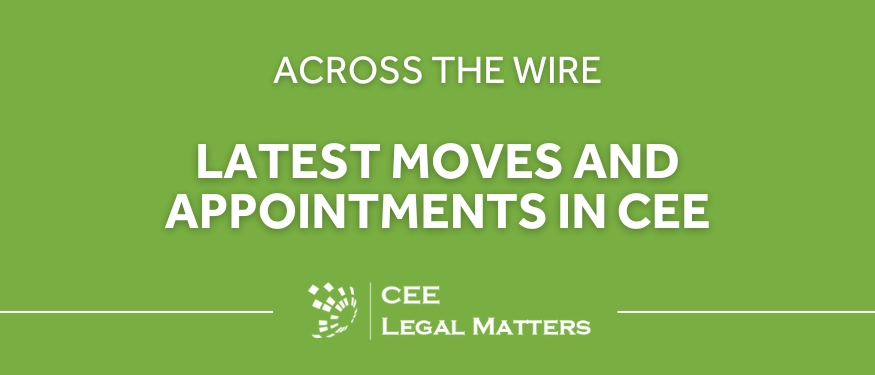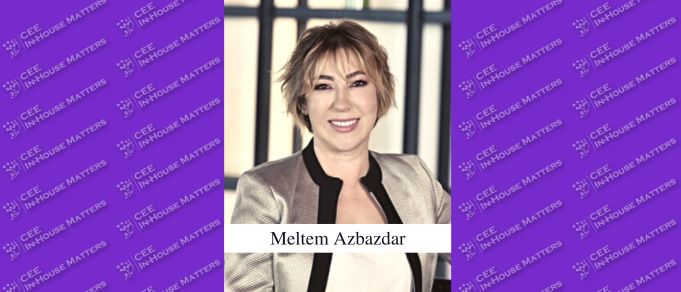Revetas Capital General Counsel Joanna Przybyl reveals her strategies for mastering relationships with external counsel, from choosing the right firms to keeping budgets on track.
CEELM: What types of legal work does your team tend to externalize?
Przybyl: I can say that our legal team heavily relies on outsourcing legal work and intends to outsource even more in the future. Our in-house team is rather small but very hands-on. There is a significant number of topics that we typically delegate to external counsels and that includes acquisition, disposals, and financing transactions which are core activities for our business. This work is highly demanding and covers everything from early-stage due diligence to closing deals.
There are areas which, as a team with primary real estate and transactional background, we have never managed, such as IP, IT, and data protection, or that require very specific expertise and therefore, we prefer to rely on experts. Litigation matters are also always outsourced to external counsels.
In the past, we were involved in transaction management which was very time-consuming, and with the shrinking in-house team, we soon realized that continuing this approach leaves us extremely busy and with limited capacity for the tasks and matters that cannot be so simply outsourced. Now, in addition to hiring legal counsel on M&A or financing transactions where local law expertise is a must, we also require such counsel to be more involved in the transaction management field – this comes at a higher cost but allows the team to address a wider range of topics effectively. It also doesn’t mean that we have left that field completely – it is rather taking the backseat, staying engaged in supervision, and providing directions for the external teams.
We are now focusing on building long-term relationships with firms that offer the best value for money, rather than just the cheapest option. These firms learn to understand our teams, requirements, and standards, making the process more efficient. We believe that with each and every project they will just become more like an extension of our in-house team, being capable of directly responding to the business needs of our organization.
CEELM: What are the most important criteria you look at when picking which firm/lawyer you’ll be working with on a project?
Przybyl: First, if I’m not familiar with the jurisdiction and the contacts, I evaluate their offer to see if they understand the transaction we are trying to execute. Even at this stage, they need to be hands-on, not just follow the description of the transaction provided in the pitch invitation but also consider and present any other items that may be relevant.
Secondly, pricing is a key factor. It’s often difficult to evaluate because everyone uses different calculation methods. We examine how complete the overall proposal is and how reasonable the pricing appears. We understand that often there will be additional costs that deviate from the plan. We also like to see deal discounts for transactions that do not close.
Next, we typically speak with the team as part of the selection process. It’s important to be direct and find a counterparty you can work with transparently. We value personal connections and collaborative team efforts. We also seek experts who can translate legal language into business terms.
CEELM: On the flip side, what are the main things you don’t care about when you receive a proposal from a firm?
Przybyl: Typically, firms provide lengthy credential lists, sometimes up to 10 pages of past projects, but I rarely look at these. If I’m familiar with the firm, I don’t need to see their credentials. If I’m not, then I prefer they select the three most relevant examples, something that they really believe will make them stand out from the competitors. By doing so, they demonstrate an understanding of the mandate.
CEELM: You mentioned fee changes. How do you manage fee budget adjustments after the project has already begun?
Przybyl: On the practical side, communication about fees is crucial. We prefer to work with capped fees and understand that assumptions might be breached, but we need to be informed about these changes as they occur. We operate within a strict budget that I personally monitor, and delays in communication can lead to situations where fee increases can no longer be accepted or negotiated. Interestingly, we ask that firms notify us in advance if assumptions are breached, but this rarely happens. Firms often proceed with the work, even if it is clearly out of scope, and only inform us after the fact. I need to be alerted as soon as such additional work is undertaken, not after the transaction closes, as I might not have the ability or authority to adjust the budget at that point. We are becoming more and more strict on that point but I also make sure that it is properly communicated to the law firm in advance.
Last year, while working on a transaction, I was in regular contact with the lead lawyer from the firm and was informed early on that we would exceed the budget and the reasons were also clearly explained. We ended up paying significantly more than the originally approved budget, but we were able to manage the situation because we discussed it continuously.
CEELM: What best practices have you developed over time in instructing a law firm for a new mandate?
Przybyl: We’ve already introduced several standardized documents over the years. For example, we have a document outlining our preferred transaction procedures, negotiation coverage, and internal requirements. This approach significantly reduces the amount of work needed as the law firm is able to provide the first draft that already matches our expectations or requirements, instead of producing just a template adjusted to a transaction that will need to be redrafted heavily. We also advise firms to check our requirements before drafting any documents – there’s no need to produce lengthy documents that we don’t require.
In practice, I do review transactional documents as the transaction progresses, but by setting clear expectations from the start, the firm knows whether such review is necessary and they also know what points to highlight. Spending a bit more time upfront to establish these expectations can help minimize the amount of work later on.
CEELM: Do you provide feedback to external counsels after each transaction?
Przybyl: I usually don’t provide formal feedback after transactions as it’s more often on-the-go and immediate. However, I agree that formal feedback would be beneficial and I’m always open to any client listening sessions that law firms organize. I wish we conducted formal feedback more regularly but for the in-house teams the real work begins when the transaction closes, so unfortunately it’s challenging to find this time.
CEELM: What is your preferred billing structure when it comes to external counsel? And what steps do you take throughout the mandate to limit budgets going over?
Przybyl: The fee structure depends on the type of work, but we generally prefer capped or fixed fees. While this is something that is quite common in the CEE region, it seems to be less feasible in Western Europe. There, fee communication is more intensive, and we need to request regular updates on the budget status. Blended rates are also becoming more common. What we have recently started seeing is instead of one blended rate for all lawyers, irrespective of their seniority, there is a separate blended rate for partners, senior associates, and junior lawyers. We recognize the need to differentiate between transactional and non-transactional work. Transactional work tends to be more complex, so we opt for a more flexible fee structure. For day-to-day advisory work, we generally push for a single blended rate. There are also projects where law firms deliver rather standardized products and that’s where fixed fees are the best fit.
CEELM: What would be one lesson learned from working with external counsel?
Przybyl: What sets some firms apart is their hands-on approach. When lawyers take on a transaction, they often feel fully responsible for it, which isn’t always the case with other service providers. Although this can be challenging because it may come at a higher cost, it’s incredibly valuable. I wish more service providers operated at this level of commitment – it would make things much easier. I believe lawyers are often underestimated and the effort they put into transactions is not always fully recognized.

